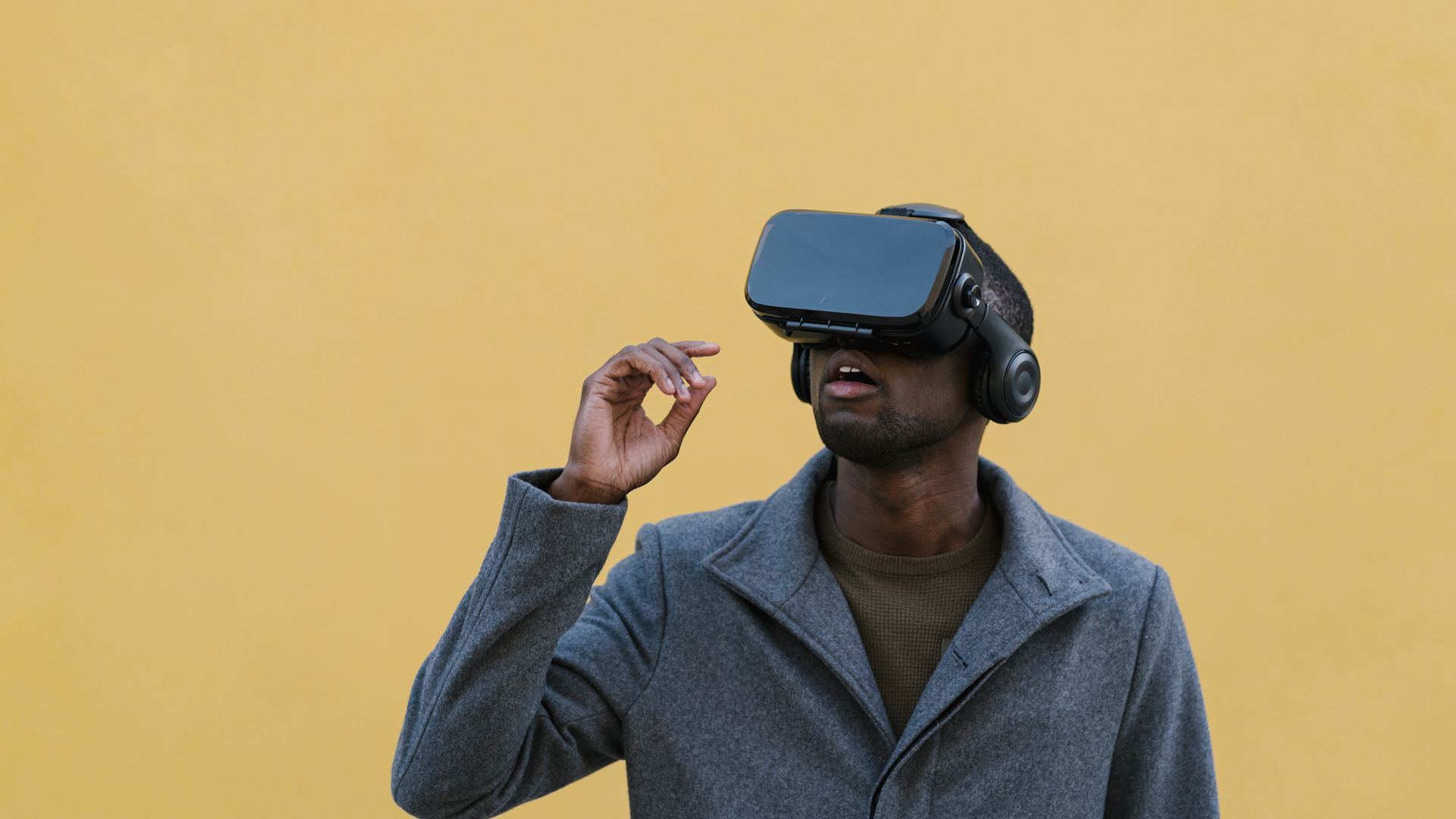What causes motion sickness in VR and what can you do to avoid it?
One of VR’s biggest issues is motion sickness, but why does it happen? What can you do to stop motion sickness in VR and what are games doing to help reduce it?

Why is it that people suffer from motion sickness in VR? Plenty of users have reported that while testing out the revolutionary technology for the first time, even if they’re someone that doesn’t traditionally get motion sick, they can find themselves feeling overwhelmingly nauseous after only a short session.
This has led many to wonder if there’s a way to stop themselves from getting motion sick, or why it happens in the first place. What is it about VR that makes this such a common occurrence, even among the best VR headsets, and is there anything that games can do on an individual basis in order to make it easier for players?
With more and more VR games coming out, and headsets like the Valve Index and Oculus Quest 2 (now renamed the Meta Quest 2) continuing to grow in popularity, it’s a factor that many people keen to enter the space are thinking about.
Why does VR make you feel sick?
Exactly why VR makes you feel sick is something that will be illuminated more as the technology continues to grow and the research into how to make it more comfortable for the widest possible audience gains momentum. Research into traditional motion sicknesses, such as car sickness or seasickness, is much further along, and according to those who’ve looked into it, it’s all to do with how your brain is reacting to what it believes is reality, and what signals it is receiving.
According to Dr. Hilary Hawkins: “You don’t get sick when you’re walking; you get sick when the body is in a still position but something else is generating motion,” Hawkins told Live Science. “The balance centers in your inner ear perceive something different than reality.”
This pretty much perfectly sums up why gaming is so notorious for causing feelings of motion sickness. In large RPG games or first-person shooters, you’re often not only moving forward, but moving at a walking pace, making your brain immediately cross its wires in terms of how to respond, thus the motion sickness.

In order to combat motion sickness, Hawkins recommended that you “Keep the mixed signals to a minimum,” but doing that in VR is difficult, especially when the experience typically revolves around wearing not only a headset but large headphones and controllers, making it an experience that is hard to escape from unless you’re willing to quickly take some of the equipment off.
This is something a lot of developers are thinking about. Legendary developer John Carmack has long been an advocate and pioneer of VR and he’s had strong thoughts on what does and doesn’t make a player sick.
During his time at Oculus, he tweeted “Stick yaw control is such VR poison that removing it may be the right move – swivel chair/stand or don't play.” This is important to consider, especially with the number of flight-based games that appeared on VR platforms. Games often combat this by including a static reference to the playing space, like a cockpit or something similar.
Stick yaw control is such VR poison that removing it may be the right move -- swivel chair/stand or don't play.January 8, 2015
How to avoid motion sickness in VR
Ultimately, exactly what works for each player is going to differ based on your circumstances, and the kinds of experiences that you’re having in VR. Faster paced games, such as first-person shooters and certain music games might prove slightly too intense, and the high amount of motion has been known to cause some issues in VR.
However, through moderation, slowly training your eyes to the platform, and making sure that you’re taking regular breaks from play, you may be able to limit or entirely eliminate some of your issues. This isn’t going to work for everyone and, unfortunately, at this stage in the technology there’s still going to be some people that simply can’t use VR, but we’re hopeful that as the technology expands and comes more integrated into other forms of tech, that these issues will be resolved.
It’s also worth doing plenty of research into the games you’re interested in playing in VR to see if they’ve got any setting or ways to make you feel better when playing. Many games that require a lot of acceleration or fast motion have toggles that will slow these motions down, or add darkened frames to the sides of the screen in order to lessen the impact of swinging the camera and your head around quickly.

Games like Skyrim VR have started implementing different styles of movement that allow you to warp, rather than walk, to whichever point your character needs to be, which is said to help reduce some of the mental stress that large games with traditional human-like motion can cause.
There are plenty of modern VR experiences that have these options, so it’s certainly worth checking before you decide to invest in a headset.
If you happen to have friends or family that have the headsets, we would definitely recommend trying them on if you have the chance. While the headsets are all fairly similar in form factor, some like the Oculus Quest 2, are much lighter than something that requires cables.
This can factor into a person’s experience of motion sickness as being grounded by a cable can reduce the physical motion from the player, lessening the strain on the player’s perception. Light, wireless headsets like the Oculus Quest 2 may make the player move around more freely, and thus induce the symptoms of motion sickness more easily. Trying out different headsets and finding the one that is right for you is a crucial part of this process, so we really recommend finding somewhere, such as a shop or a VR café that will allow you to take them for a spin.
VR is one of, if not the most immersive forms of technology out there. While it’s mainly been used by gamers to take the medium into a new dimension, and by several industries in order to revolutionize the way they do things, it’s sure to be a big part of our or lives for years to come.
Sign up for the Live Science daily newsletter now
Get the world’s most fascinating discoveries delivered straight to your inbox.

Jordan Middler is a Scottish journalist with a love for anything he can put on a shelf. For almost a decade he has been creating content about video games, virtual reality, and tech for websites including VGC, Overlode, Live Science & Space.com. He also spent five years as the chief voice of gaming for BBC Scotland. If he’s not reviewing the latest games, or building LEGO kits, you’ll find him dusting his shelves in the eternal war with his greatest enemy, dust.










